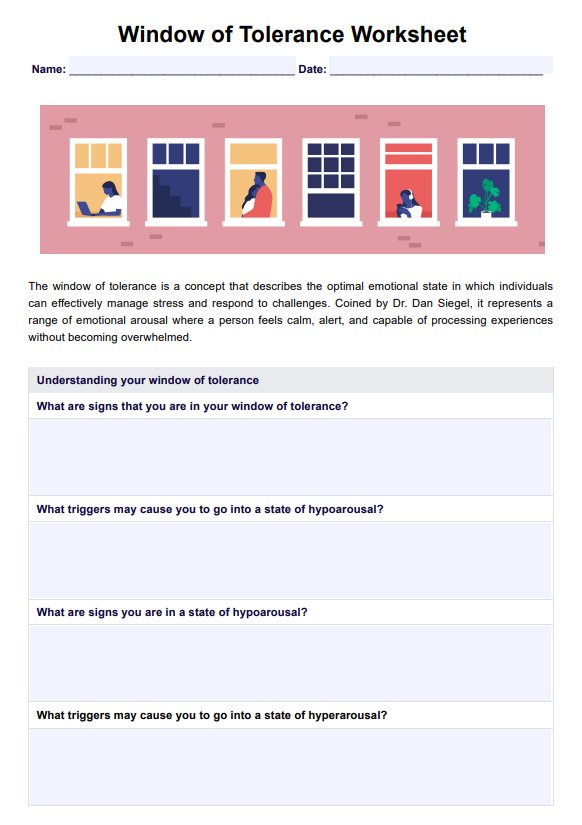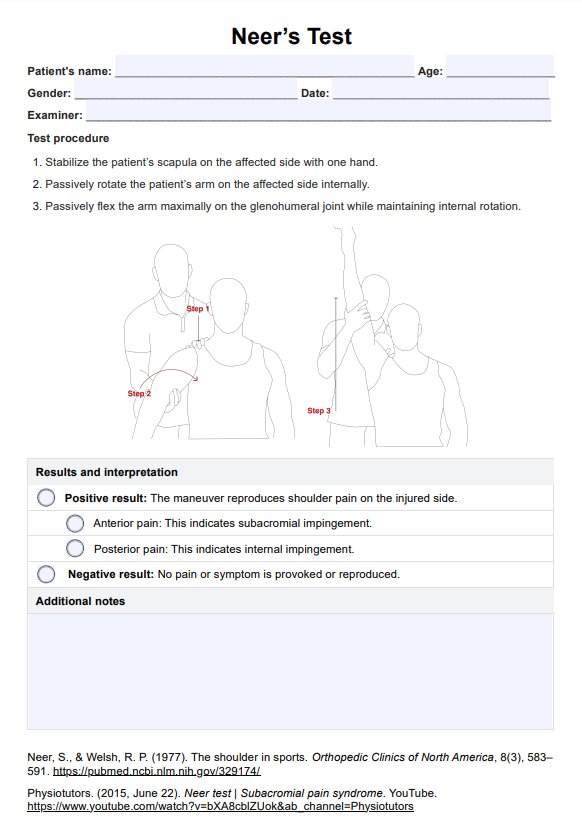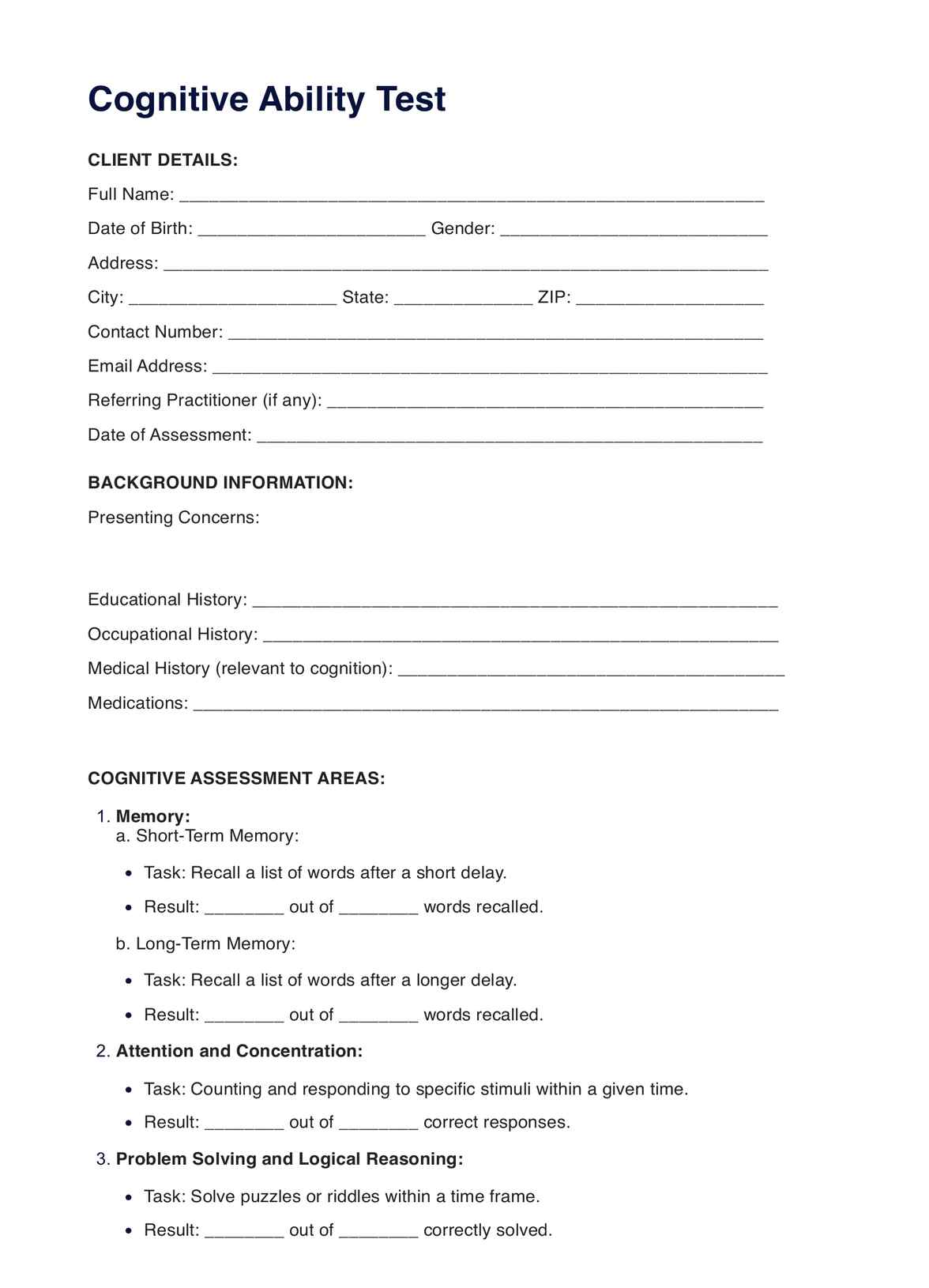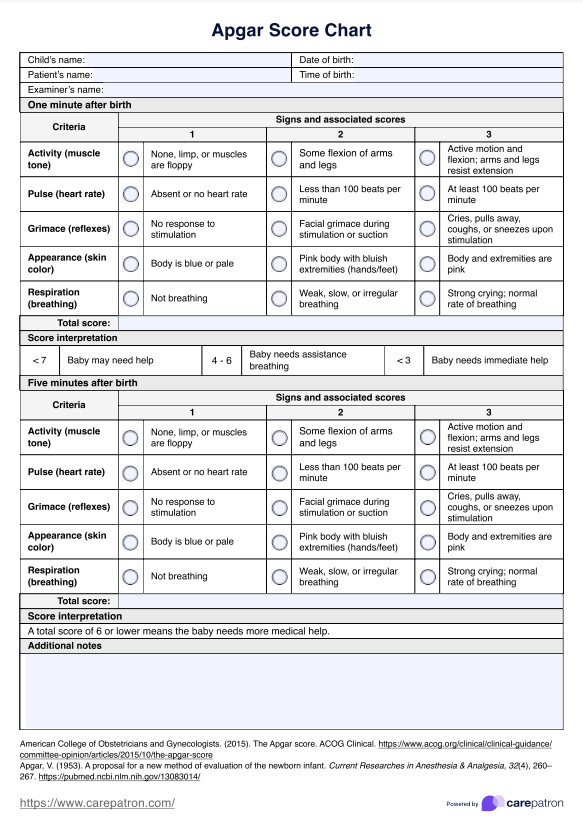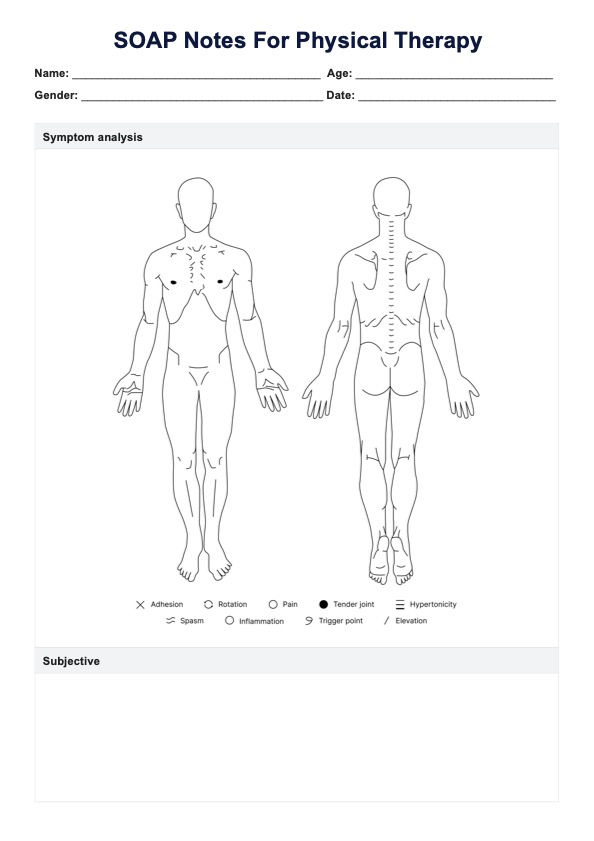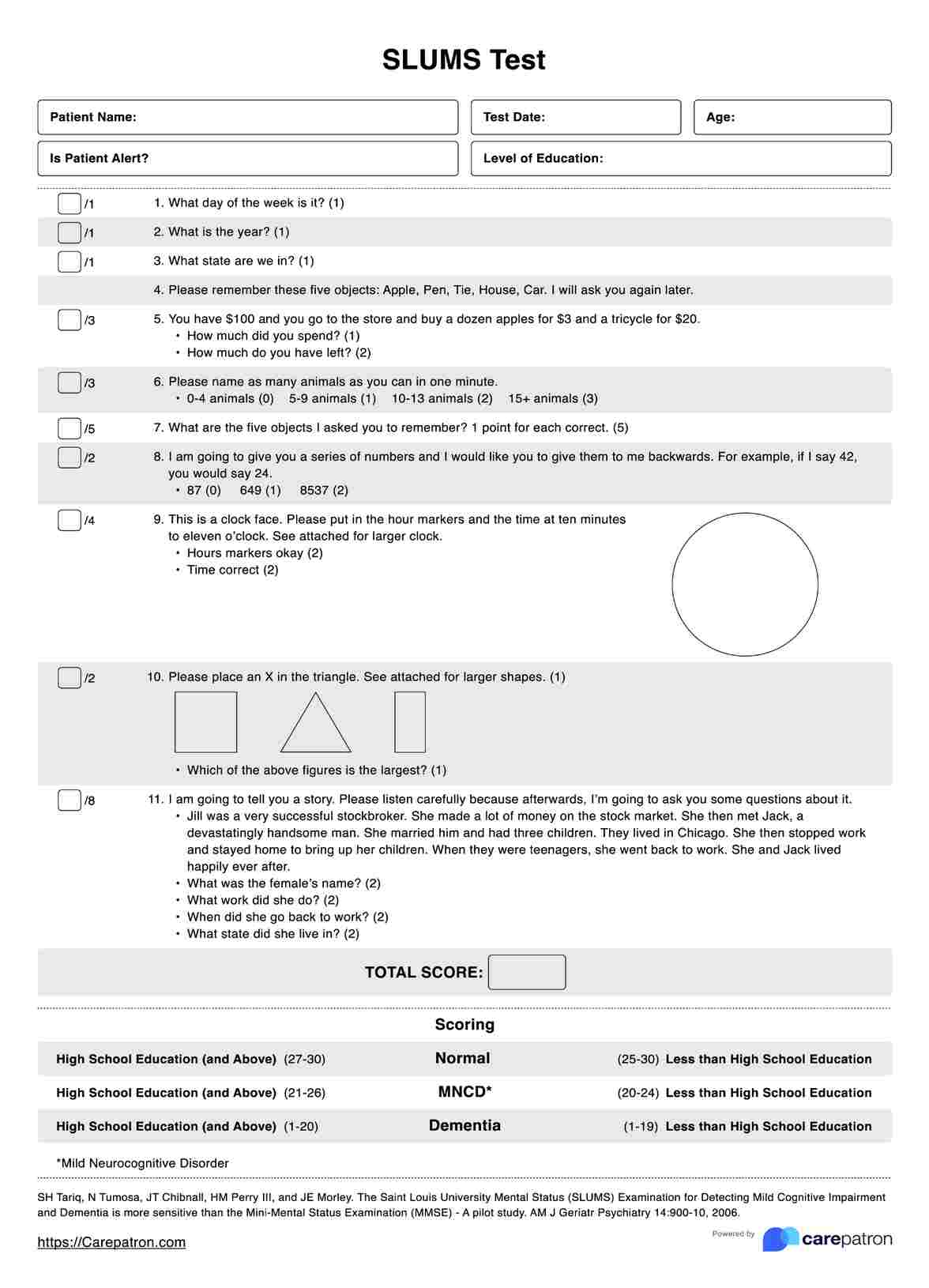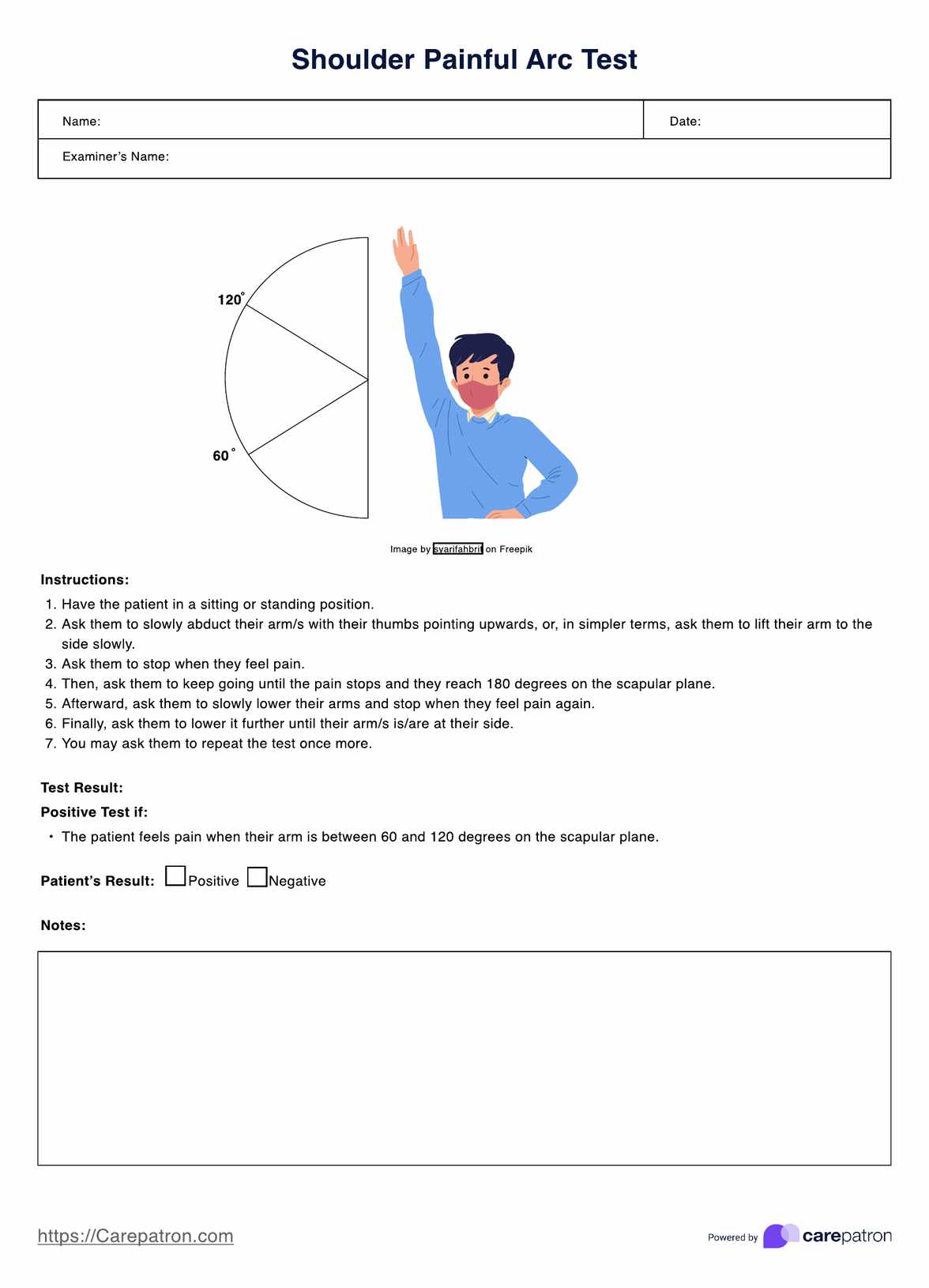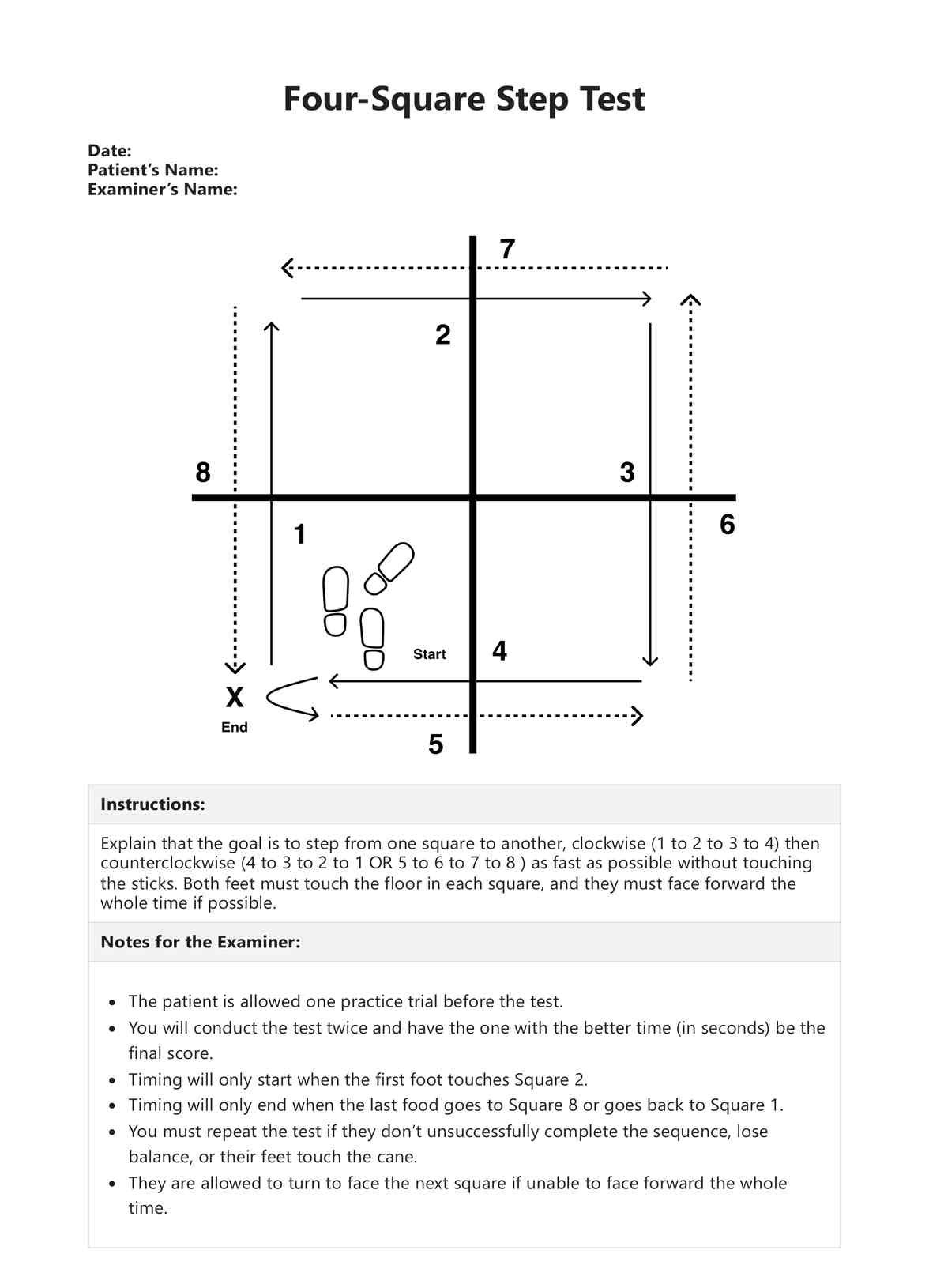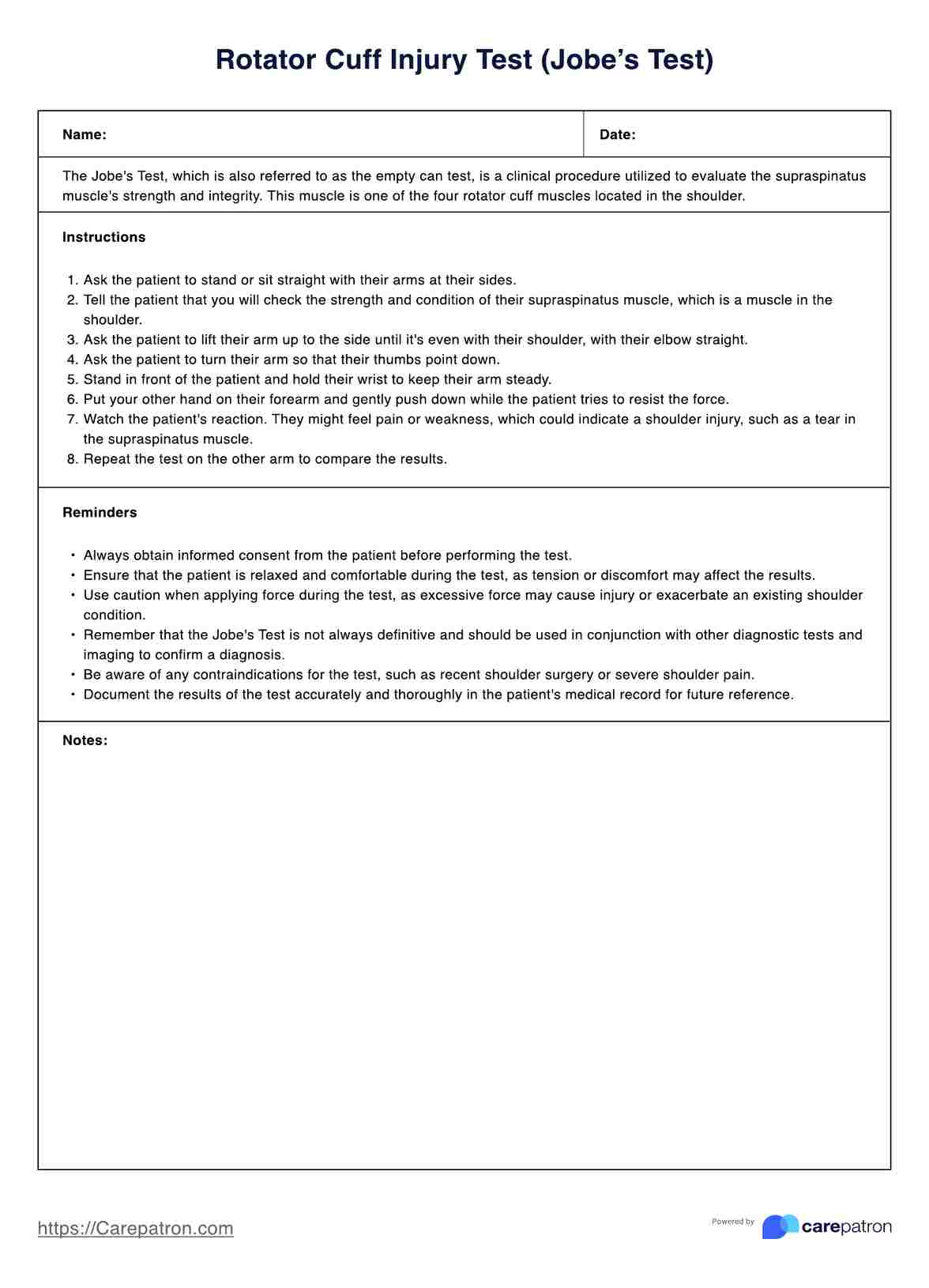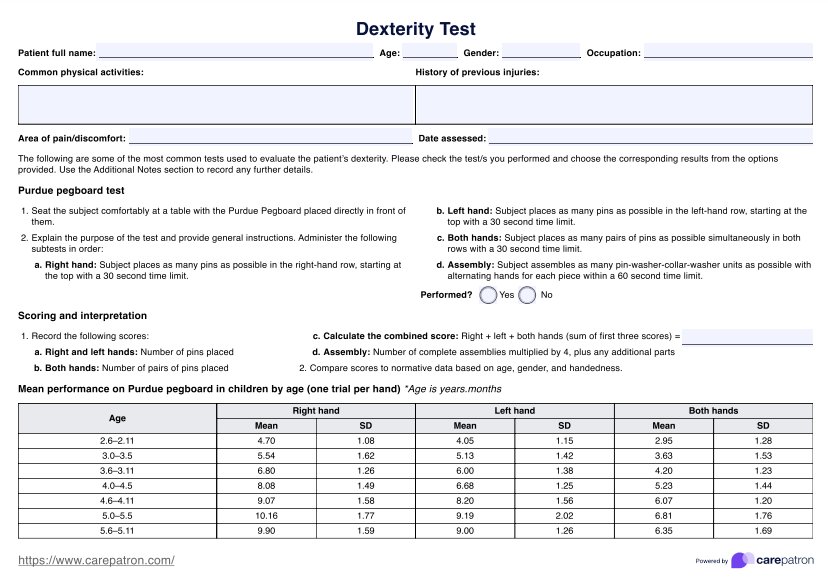Tardieu Scale
Unlock insights into muscle spasticity with the Tardieu Scale. Optimize care today with this essential medical tool.


What is a Tardieu Scale?
Spasticity is a common symptom in individuals with neurological conditions, such as cerebral palsy, multiple sclerosis, stroke, traumatic brain injury, or spinal cord injury. Spasticity presents as an increase in muscle tone, leading to stiffness, involuntary muscle contractions, and restricted movement, which can negatively impact the patient's quality of life (John Hopkins Medicine, 2019).
The Tardieu Scale, developed by Guy Tardieu and colleagues in the 1950s to measure spasticity, was adapted into a measurement scale by Held and Pierrot-Deseilligny in 1969. Gracies later simplified it for clinical use (Asess Child, n.d.).
In 1999, Boyd and Graham introduced new terms and testing positions. The Modified Tardieu Scale (MTS) retains the original Tardieu Scale grading but standardizes testing with specific limb placements and procedures. It defines the passive range of motion as R2 and the muscle reaction angle ('catch') as R1 and uses the R2-R1 difference to differentiate between spasticity and soft-tissue restrictions (Marvin, 2011). Various versions with different labels and test positions for specific muscle groups are used today.
The Tardieu Scale and the Modified Ashworth Scale share similarities; however, the key difference is that the Tardieu Scale differentiates contracture from spasticity (Patrick & Ada, 2006). The Tardieu Scale is unique in its approach to measuring spasticity, as it considers the angle of muscle resistance to passive stretch at various velocities (slow, fast, and very fast). By measuring the resistance at different speeds, the scale can differentiate between spasticity and other factors contributing to increased muscle tone, such as contractures or joint stiffness.
In addition to guiding treatment decisions, the Tardieu Scale measurements are also helpful in monitoring the effectiveness of various interventions, such as physical therapy, orthotics, or medications like muscle relaxants or botulinum toxin injections. For improved client results and practice efficiency, utilize this modified Ashworth scale template.
Have a look at this video to see how the Tardieu Scale is performed:
Tardieu Scale Template
Tardieu Scale Example
How does this Tardieu Scale work?
By tracking changes in spasticity over time, healthcare professionals can evaluate the success of these interventions and adjust treatment plans as needed. Here are the steps involved in using the scale:
Step 1: Prepare the patient
Position the patient comfortably, ensuring the targeted limb is adequately supported. Make sure the patient is relaxed to avoid any involuntary muscle contractions. Verify that the environment is calm to facilitate accurate assessment.
Step 2: Identify muscle groups
Identify the specific muscle groups you need to assess. Ensure you understand the anatomy and typical function of these muscles. This step is crucial for accurate and focused assessment.
Step 3: Perform passive stretch
Move the joint through its range of motion at different velocities. Ensure each movement is smooth and controlled to assess the muscle response accurately. Observe and note the muscle's reaction to each speed.
Step 4: Measure and grade
Measure the angle at which you feel the catch and grade the quality of the muscle reaction at both velocities. Use a goniometer for precise angle measurement. Document any resistance or spasticity encountered during the movements.
Step 5: Record and interpret
Record the angle of catch and the quality of muscle reaction for each velocity. Analyze this information to assess the severity of spasticity. Use the findings to guide treatment decisions and plan appropriate interventions.
Assessment purposes
The scale provides a systematic and objective measurement of muscle reaction to passive movement, offering clinicians insights into the severity of spasticity and its impact on functional mobility.
Spasticity can be a common complication in adult stroke subjects, affecting the ankle plantar flexors and other muscle groups. The Tardieu Scale, adapted for this population as the Modified Tardieu Scale, is crucial for clinicians to quantify and document the degree of spasticity in their patients. The scale focuses on dynamic aspects, assessing the velocity-dependent component of muscle resistance during passive stretch.
One key purpose of the Tardieu Scale is to provide practitioners with clinical findings regarding a patient's spasticity profile. By measuring the angle of muscle reaction at different velocities of passive movement, the scale allows for a detailed understanding of spasticity patterns.
Scoring
Scoring the Tardieu Scale involves considering both the catch angle and the muscle reaction quality. The angle of catch is measured using a goniometer for each velocity, with the difference between the slowest and fastest velocities quantifying spasticity. The quality of muscle reaction is graded on a 5-point scale, ranging from 0 (no resistance) to 4 (infatigable clonus). These components are considered together to assess the severity of spasticity and inform treatment decisions.
Who is this Tardieu Scale for?
This Tardieu Scale PDF is designed for healthcare professionals who require a reliable and accessible tool to assess spasticity in patients with neurological conditions. The tool is handy for a variety of healthcare providers, including:
Physiotherapists
These professionals can use the Tardieu Scale to assess and quantify spasticity in their patients, helping to design personalized treatment plans that focus on improving range of motion, muscle strength, and functional mobility. Regular assessment using the Tardieu Scale allows physiotherapists to monitor and adjust the progress of their interventions as needed.
Occupational therapists
Occupational therapists can use the Tardieu Scale to evaluate patients' spasticity and understand how it may impact their ability to perform daily activities. This information can guide the development of customized therapy programs to enhance functional independence, self-care skills, and overall quality of life.
Rehabilitation specialists
Rehabilitation specialists, including physiatrists and other medical professionals specializing in physical medicine and rehabilitation, can use the Tardieu Scale to assess patients' spasticity and guide treatment decisions. The scale helps determine the most appropriate interventions, such as physical therapy, orthotics, or medications, and monitor their effectiveness over time.
Neurologists
Neurologists can use the Tardieu Scale as part of a comprehensive neurological assessment to evaluate spasticity in patients with various neurological disorders, such as cerebral palsy, multiple sclerosis, or spinal cord injury. It provides valuable information on the severity of spasticity, which can inform treatment decisions and help monitor the condition's progression or the effectiveness of therapeutic interventions.
Benefits of a free Tardieu Scale
The Tardieu Scale is a valuable assessment tool for healthcare professionals working with patients who have neurological conditions. By offering a free and accessible Scale in PDF format, we aim to provide an easy-to-use resource to help streamline the evaluation of spasticity and guide appropriate treatment plans. Here are some of the reasons why you should incorporate it into your practice:
Easy to understand and administer
The Tardieu Scale is designed with a straightforward procedure, making it simple for healthcare professionals to learn and implement in their practice.
Provides quantitative information on spasticity severity
It offers objective measurements of spasticity, allowing for an objective measurement of its severity and facilitating better-informed treatment decisions.
Helps guide treatment decisions and monitor intervention effectiveness
By providing objective data on spasticity, the Tardieu Scale supports healthcare professionals in determining the most appropriate interventions and monitoring their efficacy over time.
It can be used across various neurological conditions
The Tardieu Scale is versatile and applicable to neurological conditions that can cause spasticity, including cerebral palsy, traumatic brain injury, multiple sclerosis, and spinal cord injury.
Accessible and convenient PDF format for easy use and sharing
The free template is readily available for download, enabling healthcare professionals to quickly access, use, and share the assessment tool with colleagues, thereby improving collaboration and patient care.
References
Asess Child. (n.d.). Standardized assessments for the management of children with motor disorders. Retrieved May 28, 2024, from https://assesschild.com/tardieu-scale
John Hopkins Medicine. (2019). Spasticity. https://www.hopkinsmedicine.org/health/conditions-and-diseases/spasticity
Marvin, K. (2011, July 13). Tardieu Scale and Modified Tardieu Scale (MTS). Stroke Engine. https://strokengine.ca/en/assessments/tardieu-scale-and-modified-tardieu-scale-mts/
Patrick, E., & Ada, L. (2006). The Tardieu Scale differentiates contracture from spasticity whereas the Ashworth Scale is confounded by it. Clinical Rehabilitation, 20(2), 173–182. https://doi.org/10.1191/0269215506cr922oa
Commonly asked questions
The assessment duration varies from five minutes to over thirty, depending on the number of muscle groups measured and the ease of measurement.
Interpreting the Tardieu Scale involves considering both the catch angle and the muscle reaction quality. A more significant difference in the catch angle between the slowest and fastest velocities indicates more severe spasticity. The quality of muscle reaction is graded on a 5-point scale, which also helps determine the severity of spasticity and guide treatment decisions.
The Tardieu Scale measures spasticity in individuals with neurological conditions by assessing the angle of muscle resistance to passive stretch at various velocities and grading the muscle's response to stretch on a 5-point scale. It provides valuable information on spasticity severity and helps guide treatment decisions.


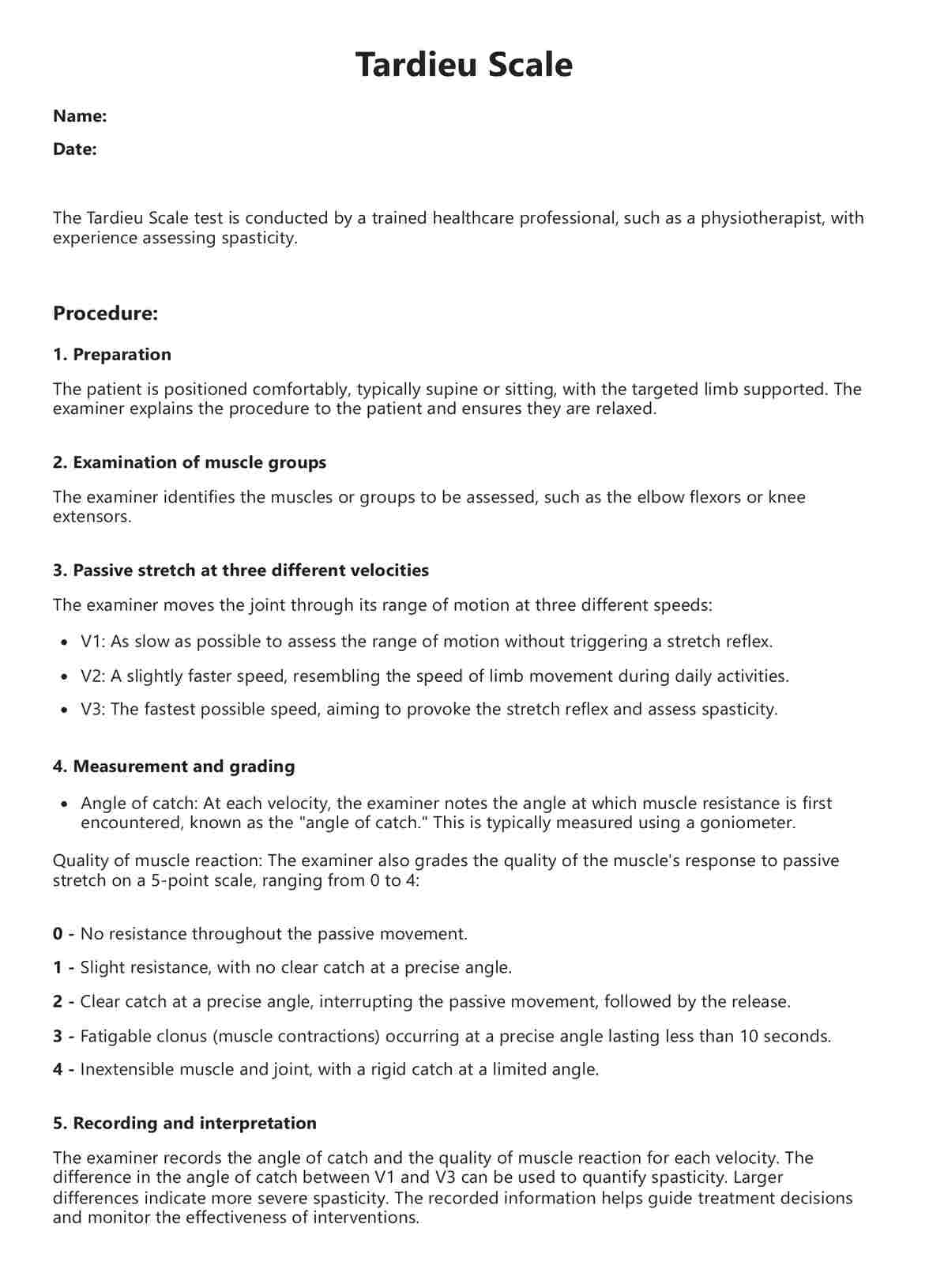
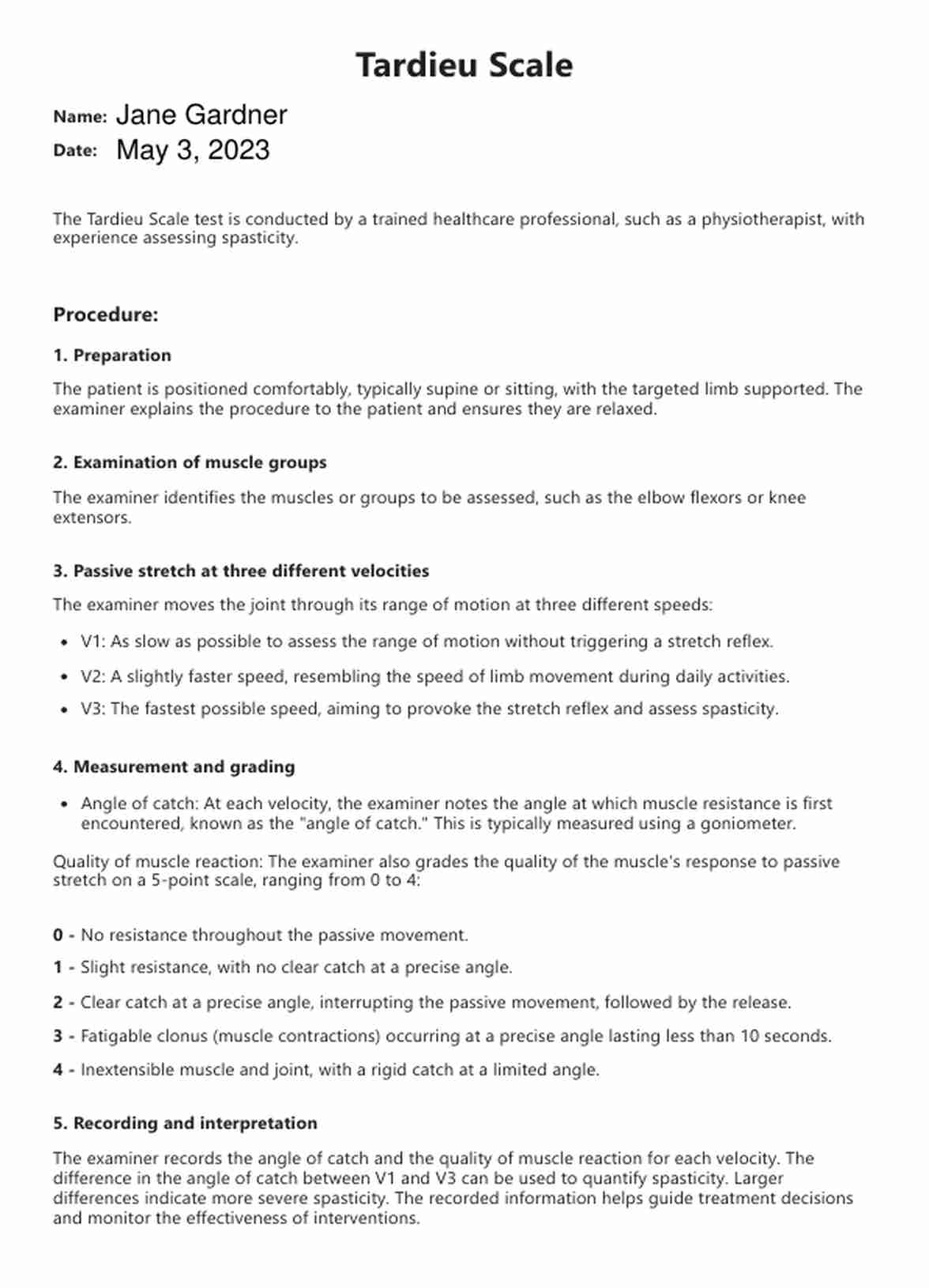





















-template.jpg)















































































